Don’t Plant a Thing in May Until You Read This
You know that feeling May has in the garden? It’s that smell of damp earth finally warming up, and the sight of dark, rich soil you’ve been tending to. This is it. This is the month where all the planning and indoor seed-starting finally pays off as we connect those young plants to the garden.
In this article
It’s a critical transition, and honestly, it’s where a lot can go wrong. Get it right, and you’re basically coasting into a summer of amazing harvests. Get it wrong, and you’ll be playing catch-up until fall.
I’ve seen some costly mistakes firsthand, mostly from being a little too eager. I’ll never forget the year a surprise frost in early May wiped out over 200 tomato plants that a well-meaning new gardener had planted during a warm spell. It was a tough lesson in trusting the calendar over a single sunny afternoon. So, this guide is built on those real-world lessons. We’re not just talking about what to plant, but the pro techniques that make sure they actually thrive.
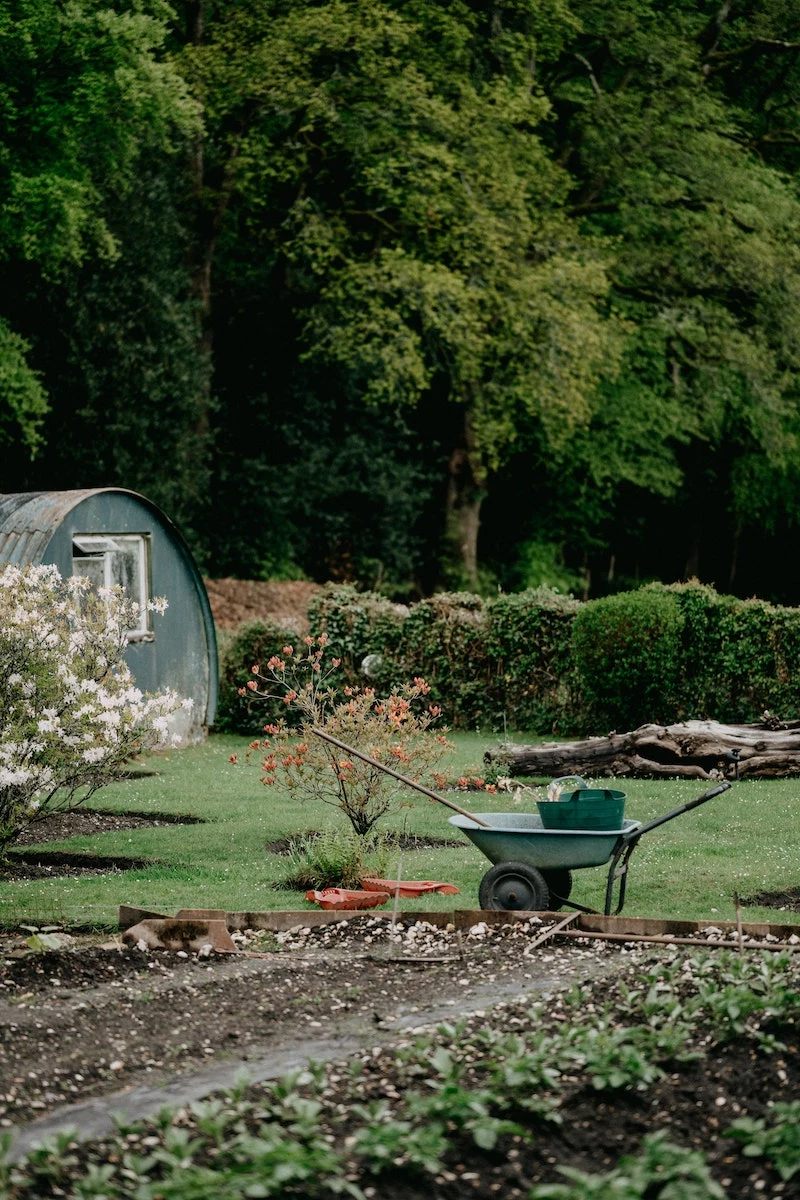
First Things First: Your May Foundation
Success this month really starts before a single seed touches the outdoor soil. It all boils down to understanding your soil and your local weather patterns. Nail these two things, and everything else gets a whole lot easier.
Soil Is So Much More Than Dirt
We obsess over air temperature, but for new plants and seeds, it’s the soil temperature that really matters. Cold, wet soil is the number one reason for failure in spring. It can rot seeds before they even think about sprouting and can shock the roots of your transplants, stunting their growth for weeks. It’s a real momentum killer.
A Pro’s Secret Weapon: A simple soil thermometer is one of the most valuable, and cheapest, tools you can own. Seriously, you can grab one for about $15 at any garden center or online. To get a good reading, just push the probe two to four inches deep in the mid-morning. For most of the classic summer crops, you want a consistent soil temperature of at least 60°F (15°C). For the true heat-lovers like corn, squash, and melons, wait until it’s hitting 65-70°F (18-21°C). Patience here pays off, big time.
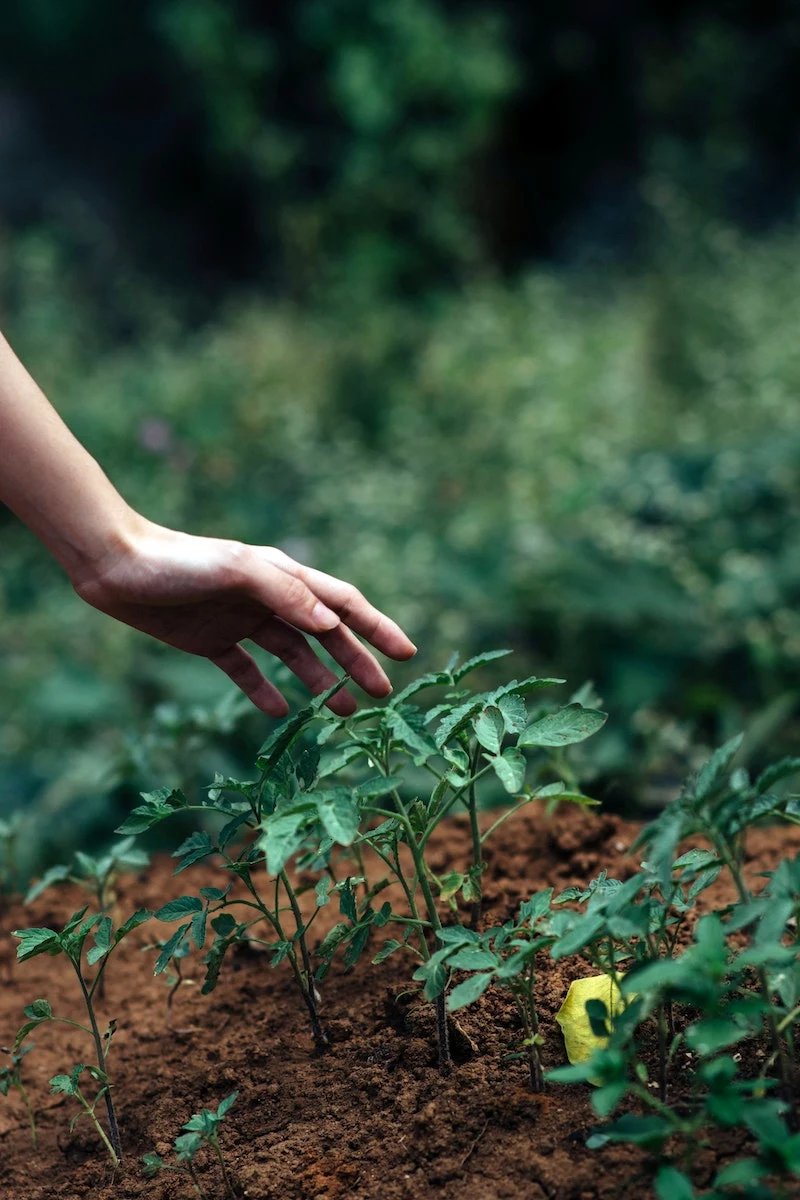
This is also your last call to add amendments. For yearly maintenance, nothing beats a one-to-two-inch layer of high-quality compost. A bag will run you about $5-$10 and is worth every penny. It doesn’t just add nutrients; it improves soil structure, holds moisture, and feeds all the good microbes. Heads up! Don’t use fresh, un-composted manure right now. It’s too high in nitrogen and can easily burn the delicate roots of your new plants.
Know Your Last Frost Date (And Then Add a Week)
Every gardener needs to know their area’s average last frost date. You can find it by searching your zip code plus “last frost date”—look for a university extension or weather service site. This date is the pivot point for your entire spring. But remember, it’s an average, not a guarantee. I always add a week or two as a personal safety buffer. Trusting the long-term data over a tempting forecast is the mark of a seasoned gardener.
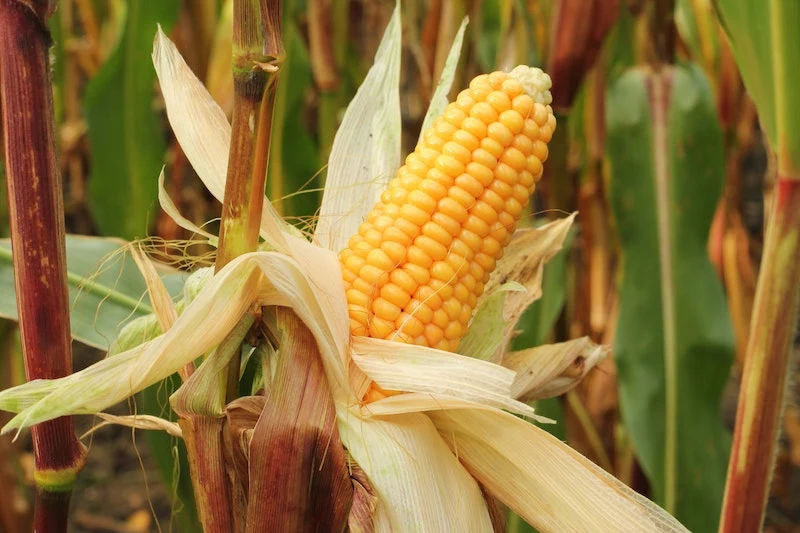
Hardening Off: The Step You Absolutely Cannot Skip
Plants raised indoors are living the soft life. They’ve had no wind, no harsh sun, and perfect temperatures. Tossing them directly into the garden is like sending a pampered poodle to survive in the wild—it’s a recipe for disaster. The process of gradually introducing them to the great outdoors is called hardening off, and it’s non-negotiable.
Here’s a simple 7-day schedule that works every time:
- Day 1-2: Find a shady, sheltered spot. Leave the plants there for just an hour or two, then bring them back in.
- Day 3-4: Move them into a spot with gentle morning sun for 3-4 hours. Avoid that intense afternoon sun for now.
- Day 5-6: Increase their outdoor time to 6-8 hours, letting them get a little more sun and wind.
- Day 7: Leave them out all day. If nighttime temps are staying above 50°F (10°C), you can even let them stay out overnight.
- Day 8: Time to plant!
Quick Fix: If you see leaves turning white or looking pale, that’s sunburn. Whoops! You probably pushed them a little too hard. No big deal. Just move the plants back into the shade immediately and give them a few days to recover before you try again with less direct sun exposure.
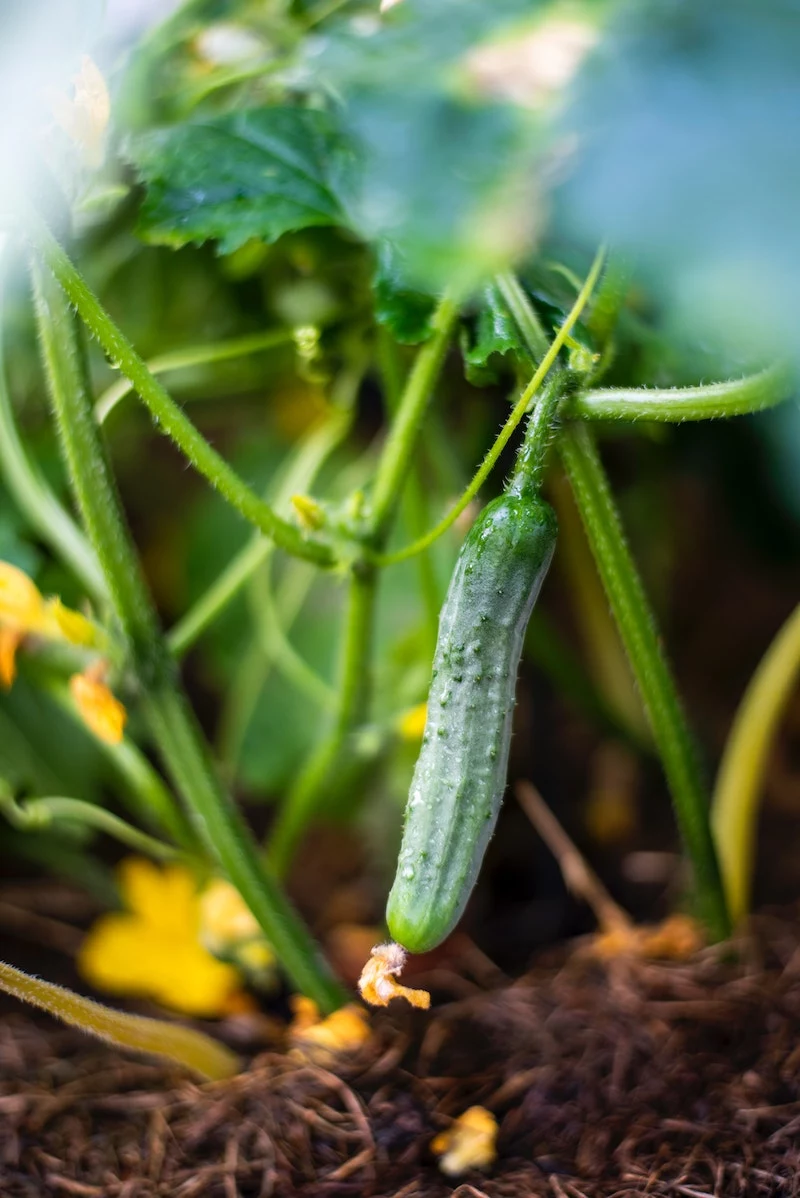
What to Plant in May and How to Do It Right
With the prep work done, it’s time for the fun part. Here are some of the most popular May plants, along with some pro tips to get amazing results.
Tomatoes: Plant ‘Em Deep
The star of the summer garden! Wait until that soil is warm and you’re well past the frost date. When you plant, dig a hole that’s deeper than the pot. Now, here’s the magic trick: carefully pinch off the lower sets of leaves—basically, any leaves that will be below the soil line when you’re done. Plant the tomato so the bottom two-thirds of the stem is buried.
Tomatoes can grow new roots all along that buried stem. A bigger, deeper root system means a sturdier plant that’s way better at finding water during those hot, dry spells. Oh yeah, and give them space! I plant my vining types (these are often called “indeterminate”) at least 3 feet apart. Bush types (“determinate”) can be a little closer. And please, install your cages or stakes at the time of planting to avoid damaging all those new roots later. A decent cage runs $5 to $15, and it’s a worthy investment.
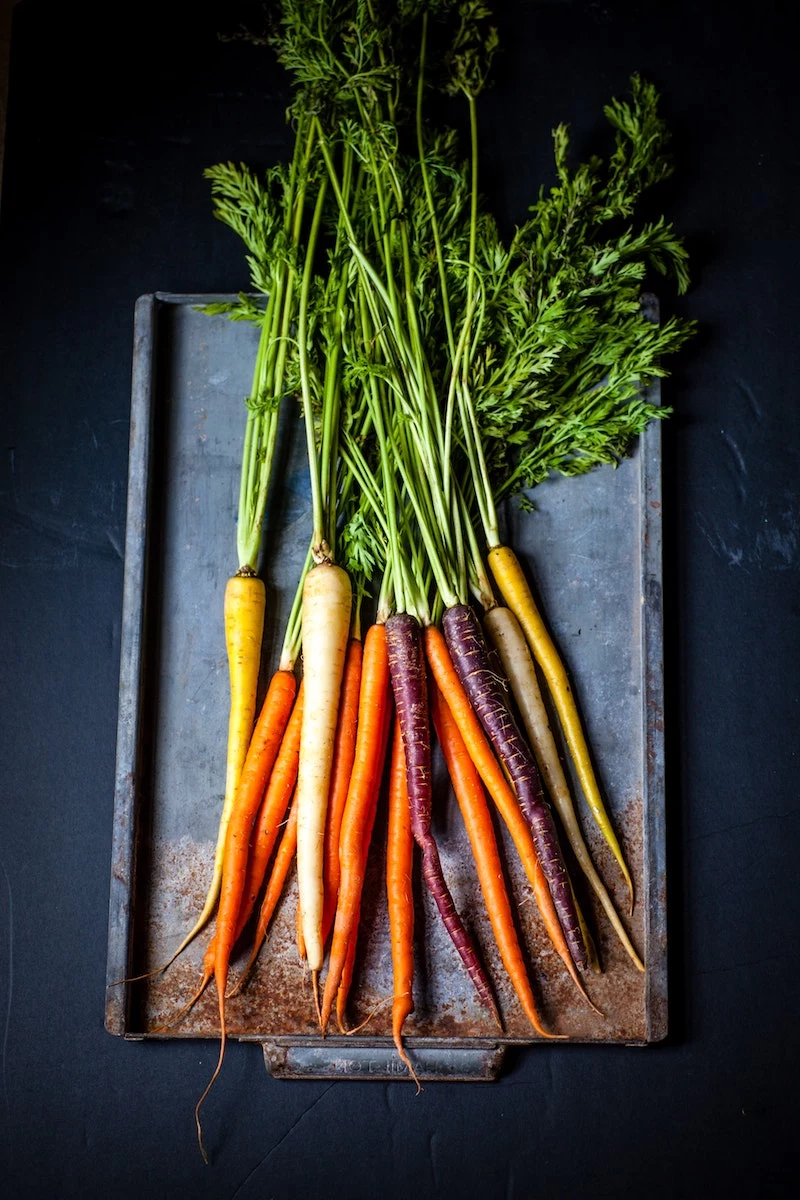
Sweet Corn: Plant in a Block, Not a Row
So many home gardeners get sad-looking ears of corn with lots of missing kernels. This is almost always a pollination problem. Corn is wind-pollinated, so the pollen from the tassels on top needs to fall on the silks of the ears below. To make that happen, never plant corn in one long, single row. Plant it in a block of at least four short rows, like a 4×4 or 5×5 grid. This way, no matter which way the wind blows, pollen is likely to hit a target. If your soil is warm, you should see sprouts in about 4-7 days.
Small Space Tip: Don’t have room for a big block? You can still grow corn! Look up “hand pollinating corn” on YouTube. It’s surprisingly easy and lets you get a great harvest even from just a few plants in a raised bed.
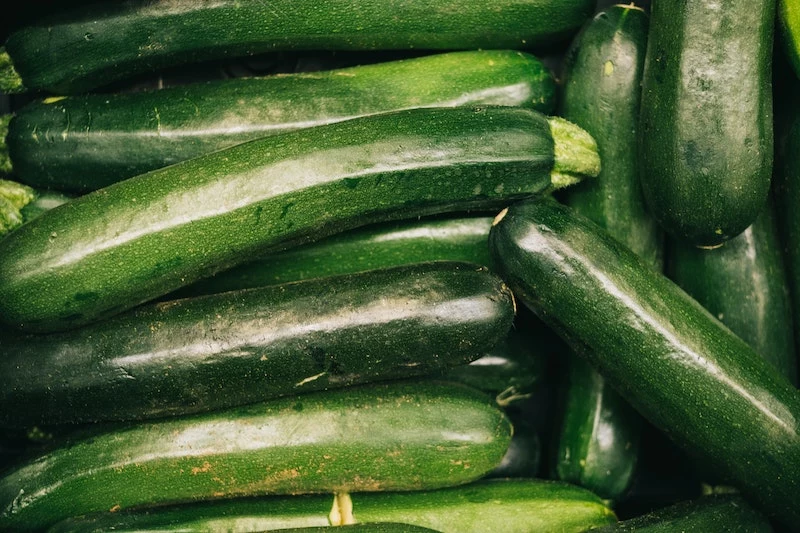
Squash and Zucchini: Build a Hill of Goodness
These plants are outrageously productive, but they are hungry. I plant them in “hills,” which is really just a prepared planting station. I dig a hole about a foot deep and two feet wide and fill it with a 50/50 mix of compost and garden soil. Then I shape it into a low, wide mound. This gives the plant’s greedy roots a perfect pocket of loose, rich soil to dive into. Plant 3-4 seeds on the mound, and then thin to the strongest one or two plants once they sprout. And trust me, space these hills 3-4 feet apart. They get HUGE.
Beans: Give Them a Boost
Beans are easy, but they despise cold, wet soil. Wait until your soil is reliably over 60°F. Here’s a pro tip that makes a huge difference: use a powdered inoculant. Beans have a partnership with special bacteria that help them pull nitrogen from the air. If you’ve never grown beans in that spot, the bacteria might not be present. Dusting your seeds with inoculant ensures they are. It’s a cheap trick—a packet costs under $5 at most garden centers—and leads to much healthier plants. For pole beans, build your trellis first! A few bamboo poles (a pack is about $10) tied into a tipi is easy and looks great.
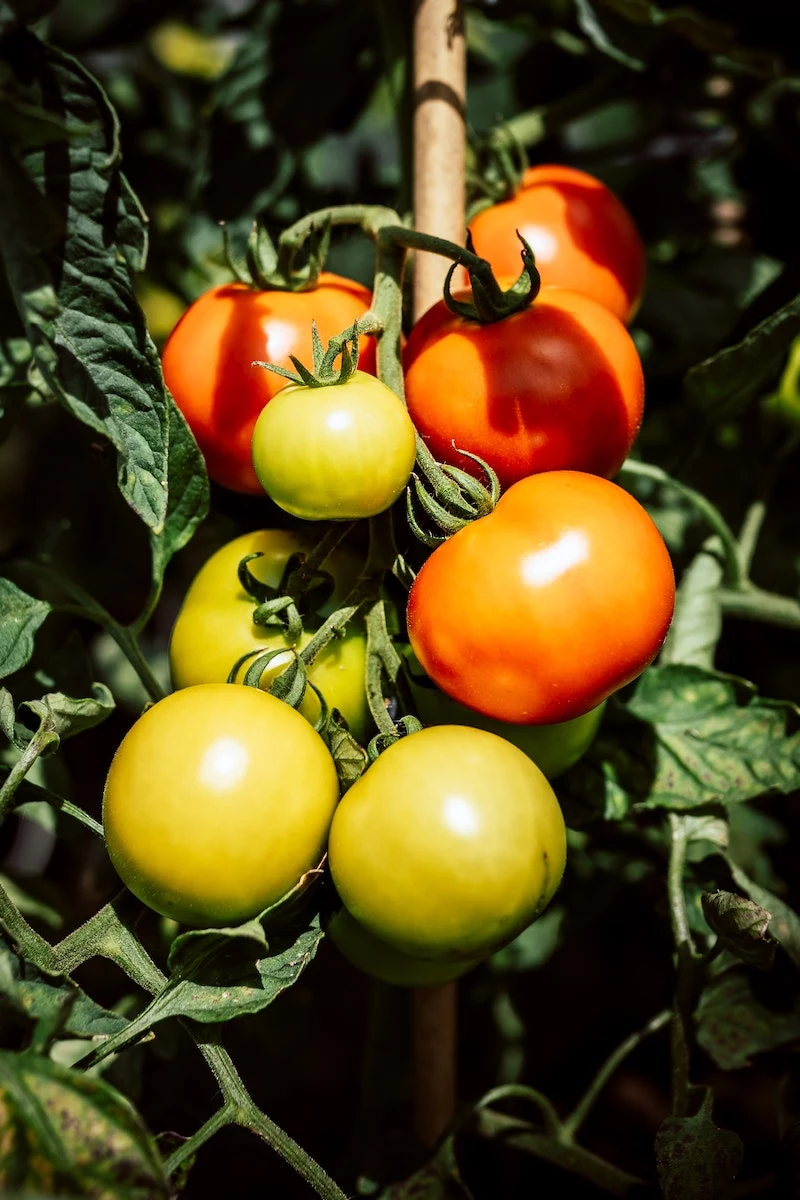
Carrots: It’s All About Fluffy Soil
Carrots have to be sown directly in the garden. The secret to long, straight carrots is deep, loose, rock-free soil. If your soil is heavy or rocky, they’ll fork and split. I prepare my carrot bed by digging down at least 10 inches and meticulously removing every rock and clay clump. Then, the hard part: thinning. When the carrot tops are a couple of inches tall, you have to thin them to about two inches apart. I know, it’s painful to pull out seedlings, but if you don’t, you’ll get a tangled mess of tiny, unusable roots. Snipping them at the soil line with scissors is often easier and less disruptive to the remaining plants.
Herbs and Flowers
Don’t forget the companions! Basil loves the heat, so plant it out with your tomatoes. As soon as your plant has a few sets of leaves, go pinch the very top set off. Boom. You just told the plant to grow bushy instead of tall, doubling your future harvest. Do this every time you harvest.
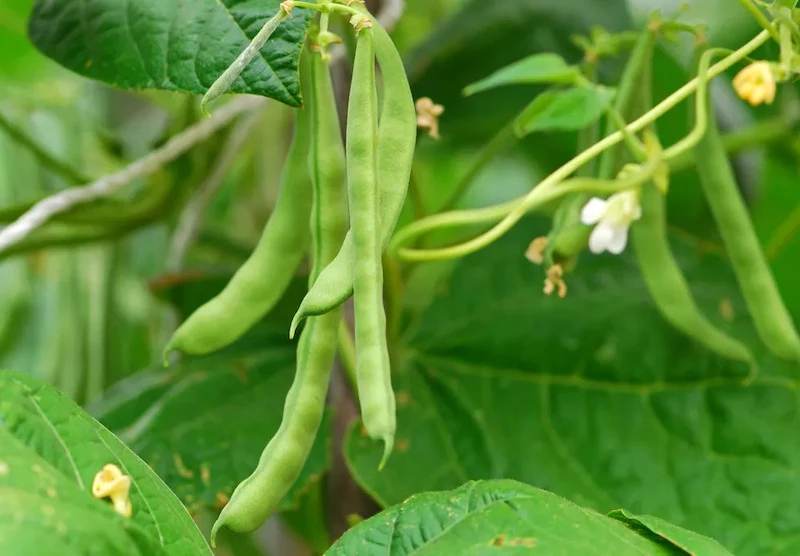
I also always tuck French Marigolds throughout my vegetable beds. A 6-pack of starts is usually only about $4, and they’re not just for looks. Their roots release a substance that deters nasty root-knot nematodes, offering a natural form of pest control for your tomatoes and other veggies.
Level Up Your Garden Game
Once you’ve got the basics down, you can start using a few more tricks to get an even better, longer-lasting harvest.
One of my favorites is Succession Planting. Instead of planting your entire row of lettuce or radishes all at once, just plant a small section every two weeks. This gives you a continuous, manageable harvest all summer instead of being buried in lettuce for one week and having none the next. It works great for cilantro and bush beans, too.
Also, rethink how you water. A light sprinkle every day is one of the worst things you can do. It creates shallow roots and wet leaves, which invites disease. The goal is to Water Deeply, but Less Often. You want the water to soak 6-8 inches down, encouraging deep, resilient roots. Soaker hoses or drip irrigation are fantastic for this because they deliver water right to the soil and keep the leaves dry. If you have to use a sprinkler, do it in the morning so the foliage has all day to dry out.

Gardening is one of the most rewarding things you can do. The care you put in now, this month, truly sets the stage for a whole season of delicious, healthy food right from your own backyard. Don’t rush it, listen to the soil, and get ready for an amazing summer.
Inspirational Gallery
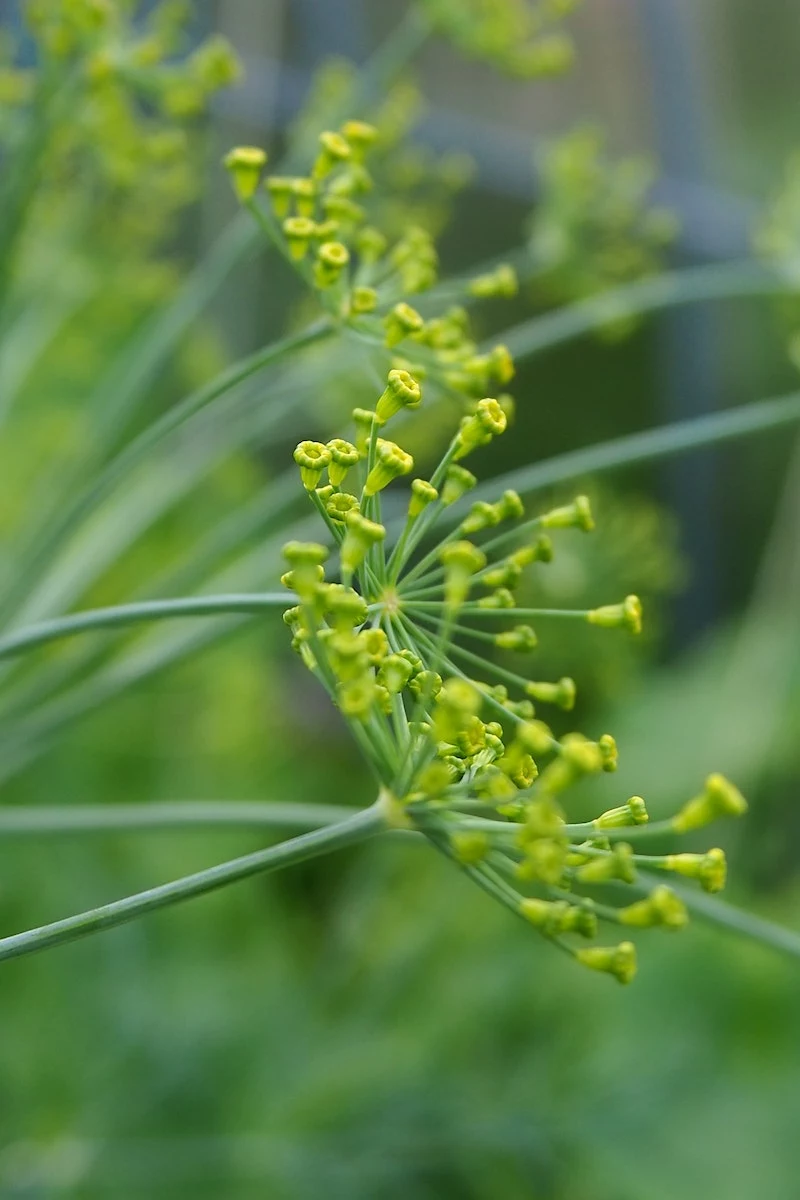
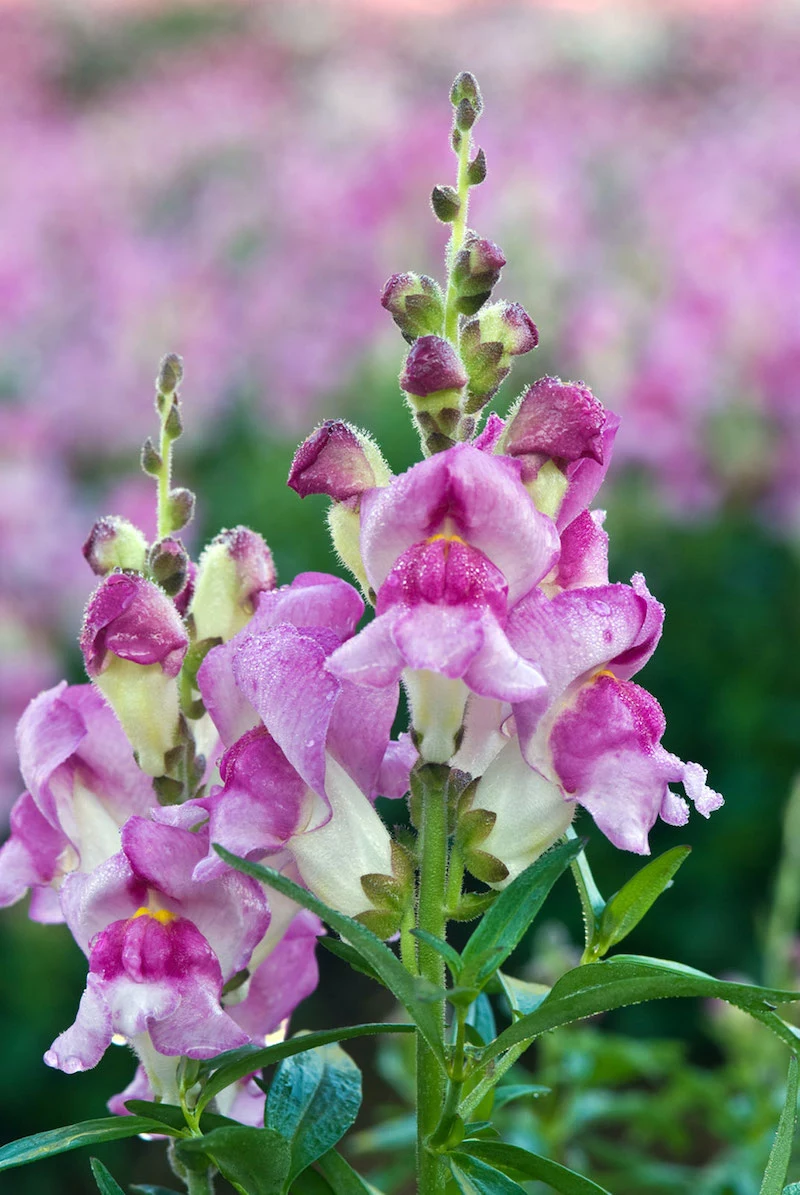
Don’t let your pampered indoor seedlings get a shock. ‘Hardening off’ is the essential process of gradually introducing them to outdoor conditions over 7-10 days to prevent transplant stress.
- Days 1-3: Start with just a couple of hours in a shady, sheltered spot.
- Days 4-6: Increase the time and introduce a little gentle, direct morning sun.
- Days 7-10: Leave them out for longer, exposing them to more sun and wind, bringing them in only if frost threatens.
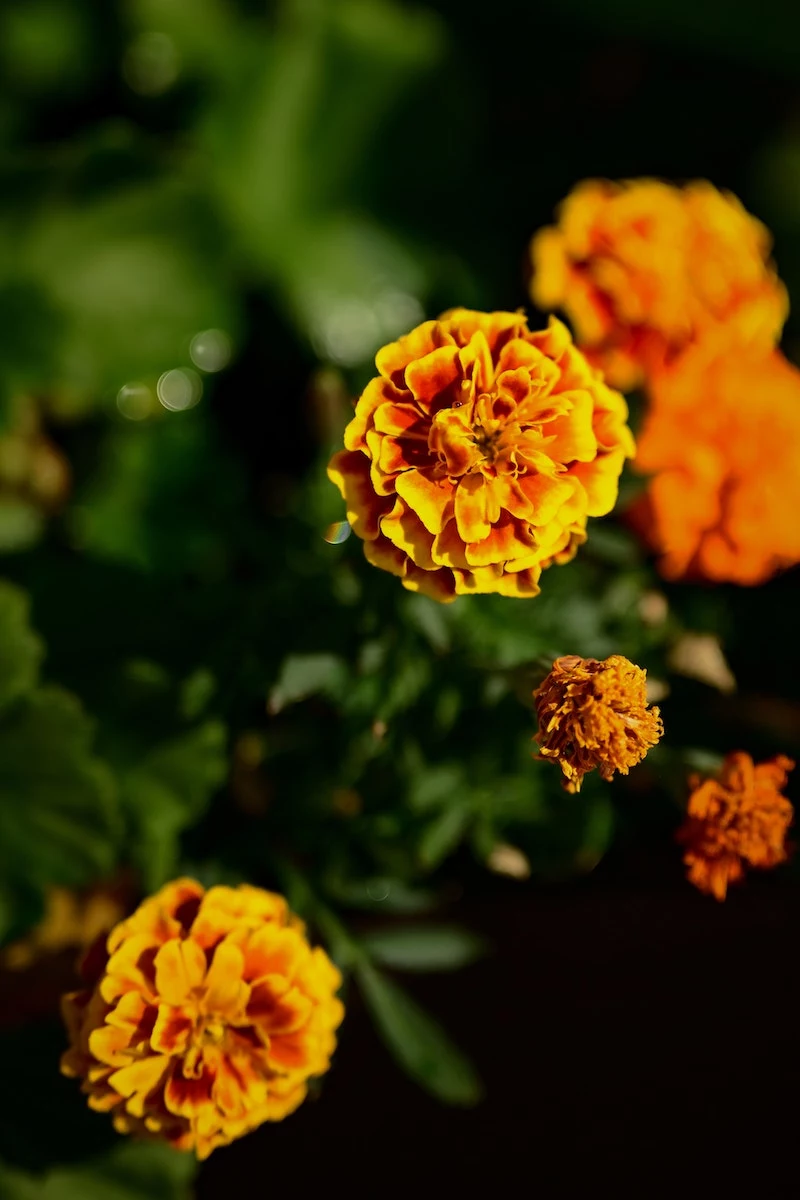
A single teaspoon of healthy garden soil can contain up to a billion bacteria and several yards of fungal filaments.
That’s why many experienced gardeners now favor the ‘no-dig’ method. Instead of tilling and disrupting this complex underground ecosystem, they simply layer compost on top of the soil each spring. This feeds the soil life, which in turn feeds your plants, improving water retention and drastically reducing weed growth.
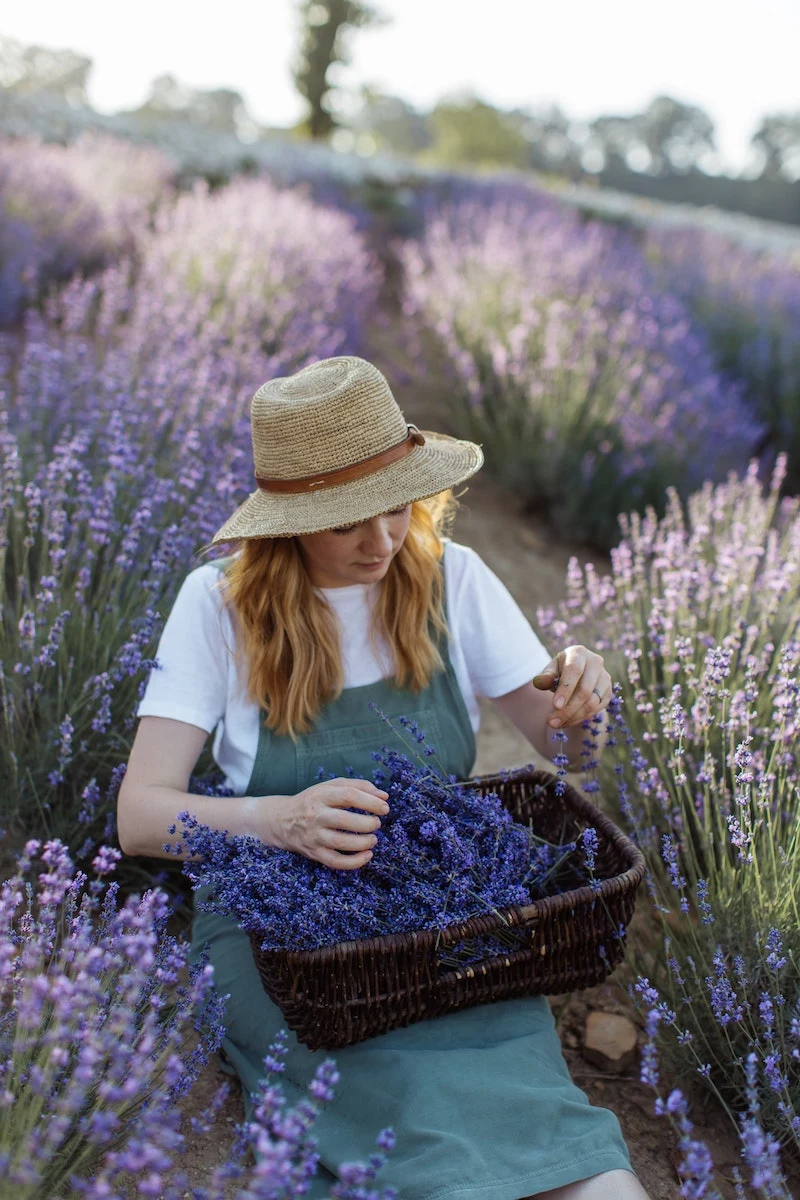
Direct sow or transplant? The answer often lies in the roots.
Plants with a sensitive central taproot, like carrots, parsnips, and radishes, despise being moved and should always be sown directly where they are to grow. The same goes for fast-growers like beans and spinach. In contrast, slow-growing, heat-lovers like tomatoes, peppers, and the melons seen in the gallery absolutely need the head start of being transplanted as seedlings to have time to produce a full harvest.

Pro Tip for May: Install your plant supports *now*, at the same time you plant. Adding stakes or cages for tomatoes, peas, or climbing beans later on risks damaging the delicate, spreading root system. Placing a sturdy support, like a classic cone-shaped tomato cage, over a tiny seedling might look odd, but you’ll be grateful in July when the plant is heavy with fruit and perfectly supported.
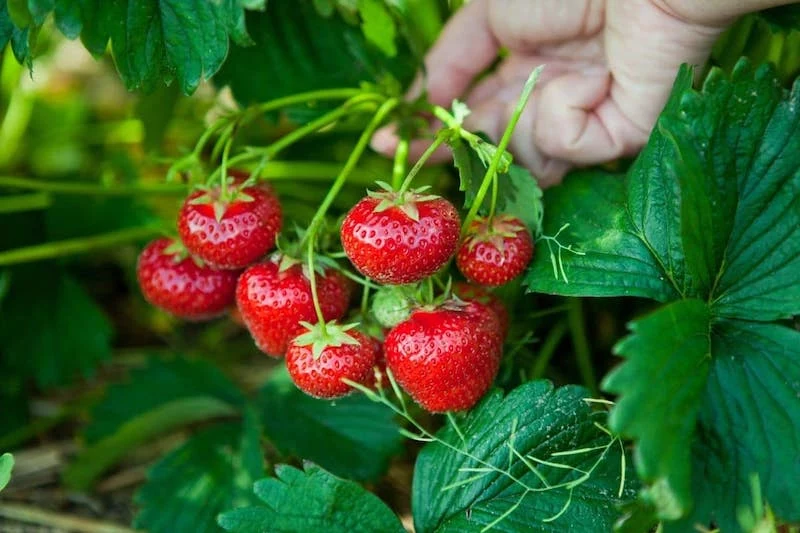
Think of your garden beds as a community. Planting aromatic flowers like the ‘French Marigold’ alongside your tomatoes isn’t just for looks; its scent can actively deter nematodes and other soil pests. Similarly, allowing some dill or cilantro to flower will attract beneficial insects that prey on aphids and other unwanted visitors. It’s strategic beauty in action.
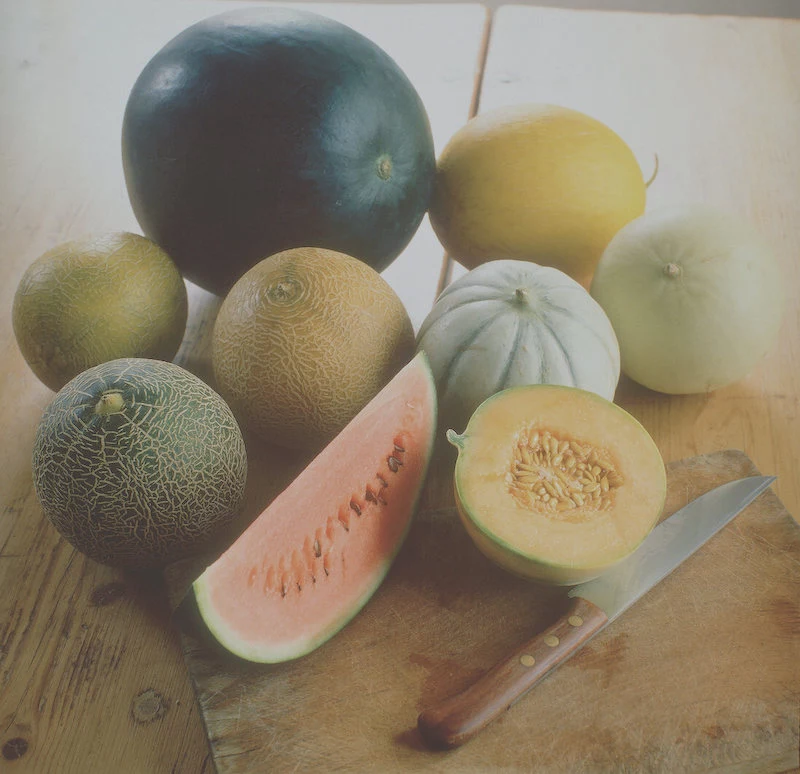
- Strong, deep, drought-resistant root systems.
- Reduced risk of fungal diseases like blight on leaves.
- More efficient water use, saving time and resources.
The secret? Water deeply, but less frequently. Instead of a light daily sprinkle, give your new transplants a long, slow soak at the base of the plant every few days. This encourages roots to grow downward in search of moisture, creating a much more resilient plant for the hot summer ahead.
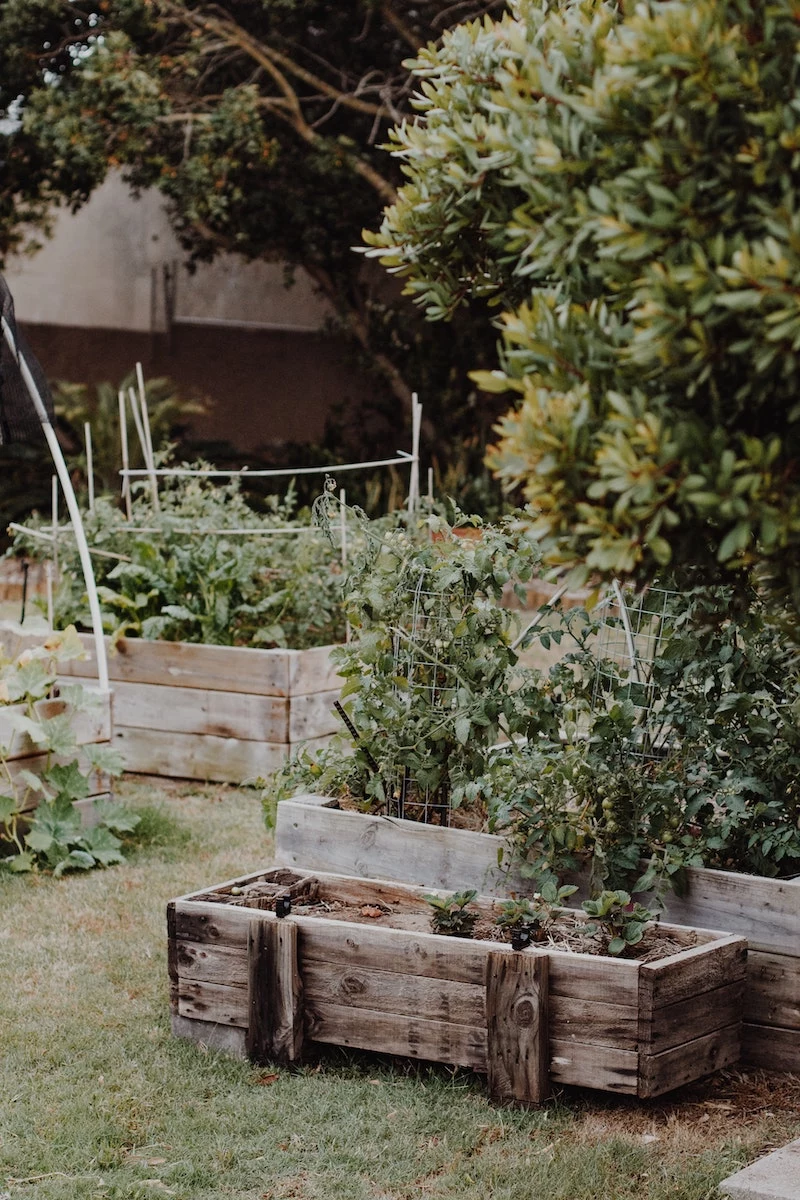
Liquid Fish/Kelp Emulsion: A great organic choice, like Neptune’s Harvest brand. It provides a gentle, immediate nutrient boost that’s easily absorbed by stressed roots without risk of burning the plant.
Granular Starter Fertilizer: A product like Espoma Garden-tone offers a slow-release option. Mix a small amount into the planting hole to provide a steady supply of food as the plant establishes itself.
For a quick recovery from transplant shock, the liquid feed is often the professional’s choice.
Roughly 75% of the world’s flowering plants, including many fruits and vegetables, depend on animal pollinators to reproduce.
Your vegetable patch is no exception. Weaving in pollinator magnets like borage, sweet alyssum, or the lavender and echinacea seen in the gallery does more than beautify the space. It ensures your squash, cucumbers, and strawberries get the pollination they need for a bountiful harvest.










